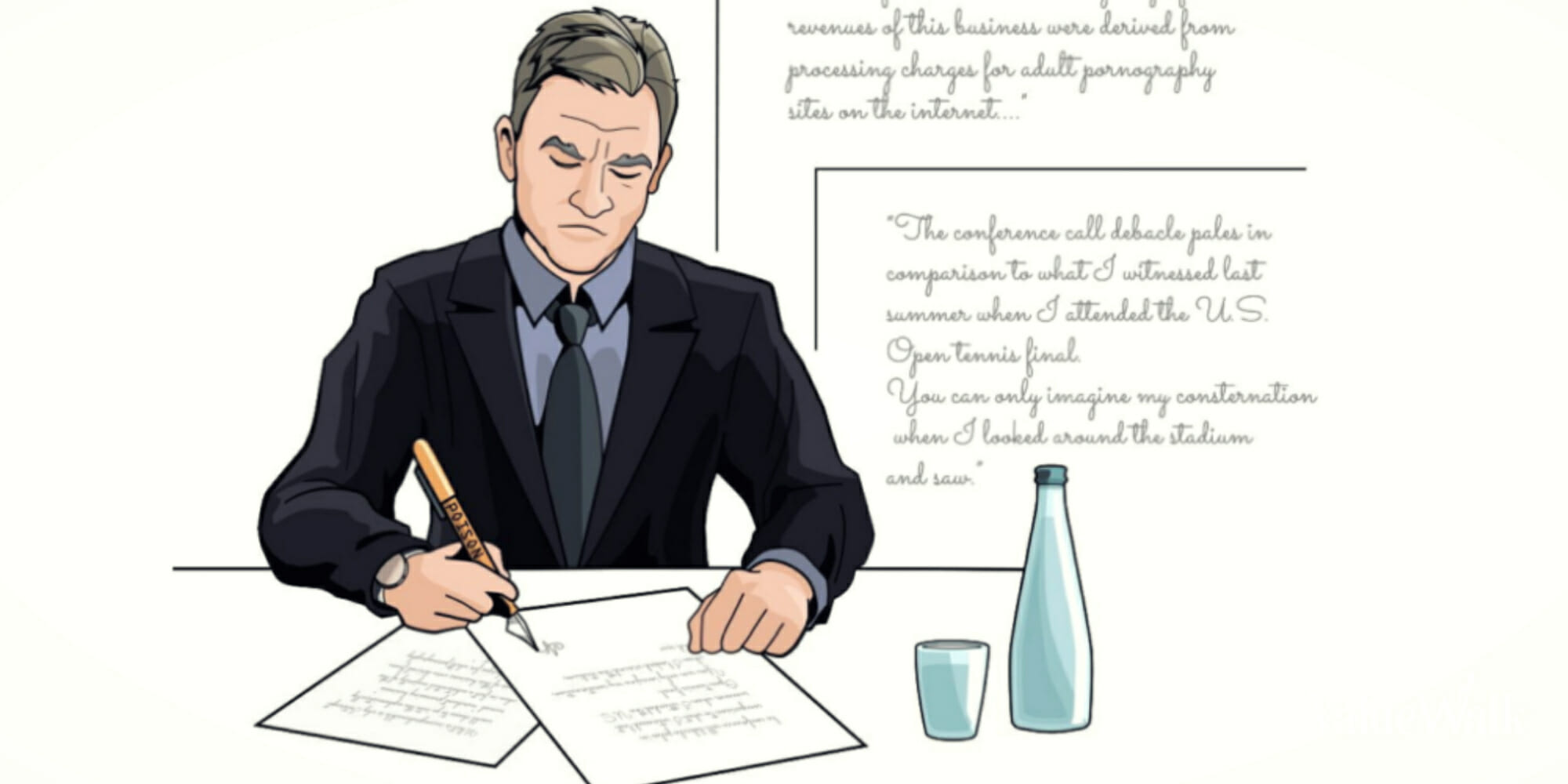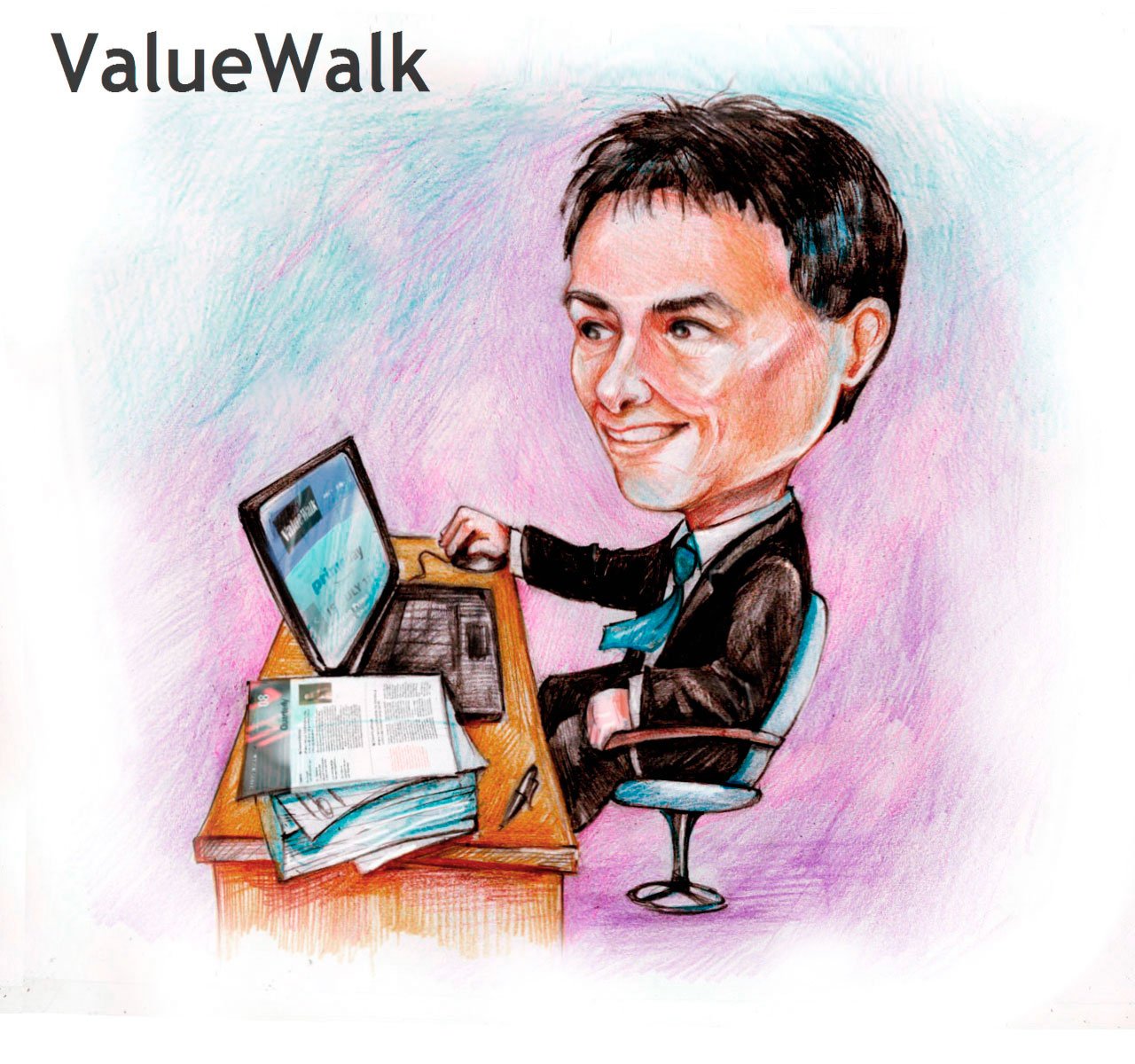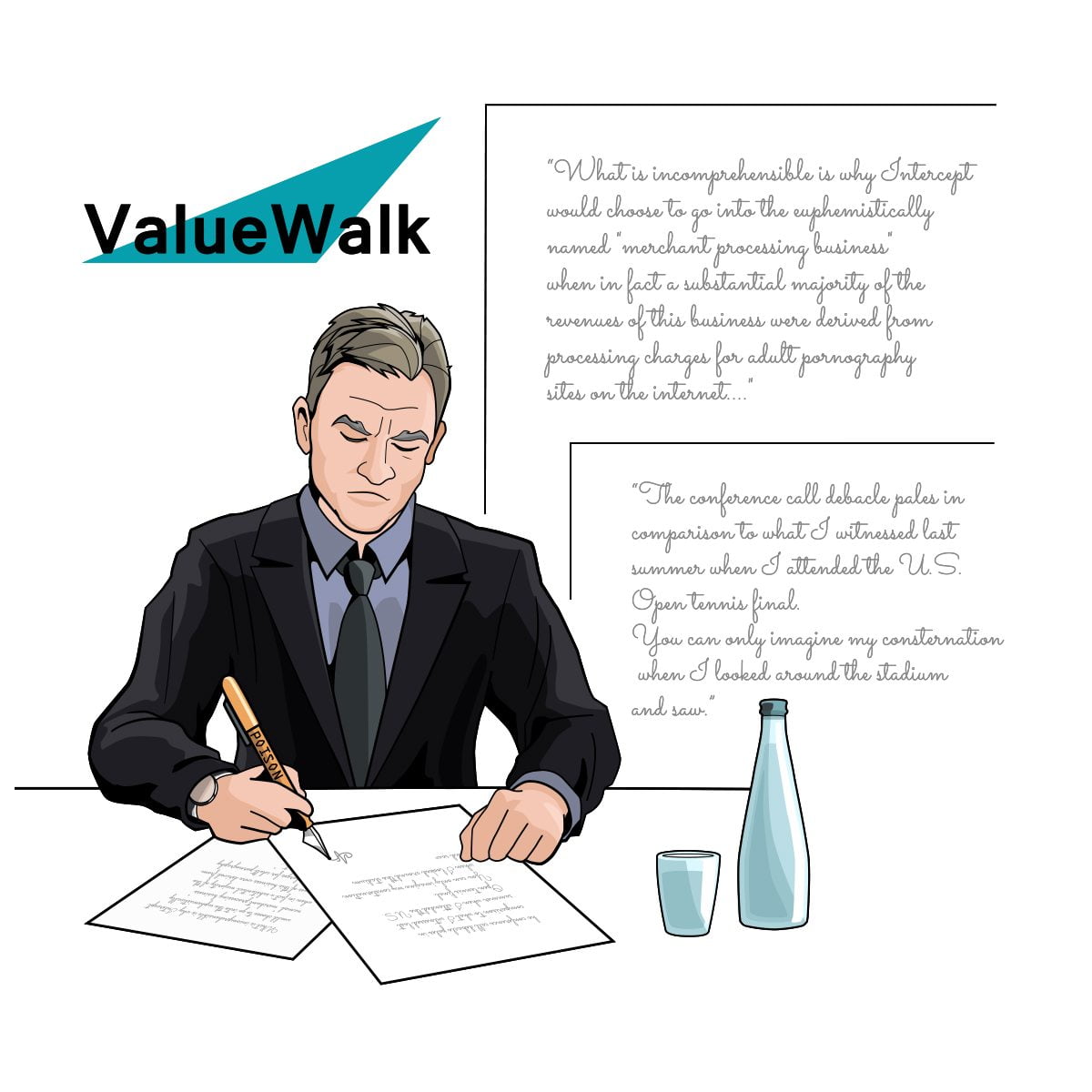Photo Credit: Thibaut Chéron Photographies
Caldor Investment Mistake: Learning from the Past, Part 3
I wish I could tell you that it was easy for me to stop making macroeconomic forecasts, once I set out to become a value investor. It’s difficult to get rid of convictions, especially if they are simple ones, such as which way will interest rates go?
In the early-to-mid ’90s, many were convinced that interest rates had no way to go but up. A few mortgage REITs designed themselves around that idea. Fortunately, I arrived at the party late, after their investments that implicitly required interest rates to rise soon, fell dramatically in price. I bought a basket of them for less than book value, excluding the value of taxes that could be sheltered in a reverse merger.
For some time, the stocks continued to fall, though not rapidly. I became familiar with what it was like to go through coercive rights offerings from cash-hungry companies in trouble. Bankruptcy was not impossible… and I burned a lot of mental bandwidth on these. The rights offerings weren’t really good things in themselves, but they led me to buy in at a good time. Fortunately I had slack capital to deploy. That may have taught me the wrong lesson on averaging down, as we will see later. As it was, I ended up making money on these, though less than the market, and with a lot of Sturm und Drang.
That leads me to my main topic of the era: Caldor. Caldor was a discount retailer that was active in the Northeast, but nationally was a poor third to Walmart and KMart. It came up with the bright idea of expanding the number of stores it had in the mid-90s without raising capital. It even turned down an opportunity to float junk bonds. I remember noting that the leverage seemed high.
What I didn’t recognize that the cost of avoiding issuing equity or longer-term debt was greater reliance on short-term debt from factors — short-term lenders that had a priority claim on inventory. It would eventually prove to be a fatal error, and one that an asset-liability manager should have known well — never finance a long term asset with short-term debt. It seems like a cost savings, but it raises the likelihood of insolvency significantly.
Still, it seemed very cheap, and one of my favorite value investors, Michael Price, owned a little less than 10% of the common stock. So I bought some, and averaged down three times before the bankruptcy, and one time afterwards, until I learned Michael Price was selling his stake, and when he did so, he did it without any thought of what it would do to the stock price.
Now for two counterfactuals: Caldor could have perhaps merged with Bradlee’s, closed their worst stores, refinanced their debt, issued equity, and tried to be a northeast regional retail player. It didn’t do that.
The investor relations guy could have given a more understanding answer when he was asked whether Caldor was having any difficulties with credit lines from their factors. Instead, he was rude and dismissive to the questioning analyst. What was the result? The factors blinked and pulled their lines, and Caldor went into bankruptcy.
What were my lessons from this episode?
- Don’t average down more than once, and only do so limitedly, without a significant analysis. This is where my portfolio rule seven came from.
- Don’t engage in hero worship, and have initial distrust for single large investors until they prove to be fair to all outside passive minority investors.
- Avoid overly indebted companies. Avoid asset liability mismatches. Portfolio rule three would have helped me here.
- Analyze whether management has a decent strategy, particularly when they are up against stronger competition. The broader understanding of portfolio rule six would have steered me clear.
- Impose a diversification limit. Even though I concentrate positions and industries in my investing, I still have limits. That’s another part of rule seven, which limits me from getting too certain.
The result was my largest loss, and I would not lose more on any single investment again until 2008 — I’ll get to that one later. It was my largest loss as a fraction of my net worth ever — after taxes, it was about 4%. As a fraction of my liquid net worth at the time, more like 10%. Ouch.
So, what did I do to memorialize this? Big losses should always be memorialized. I taught my (then small) kids to say “Caldor” to me when I talked too much about investing. They thought it was kind of fun, and I would thank them for it, while grimacing.
But that helped. Remember, value investing is first about safety, and second about cheapness. Cheapness rarely makes something safe enough on its own, so analyze balance sheets, strategy, use of cash flow, etc. This is not to say that I did not make any more errors, but this one reduced the size and frequency.
That said, there will be more “fun” chapters to share in this series, because we always learn more from errors than successes.





